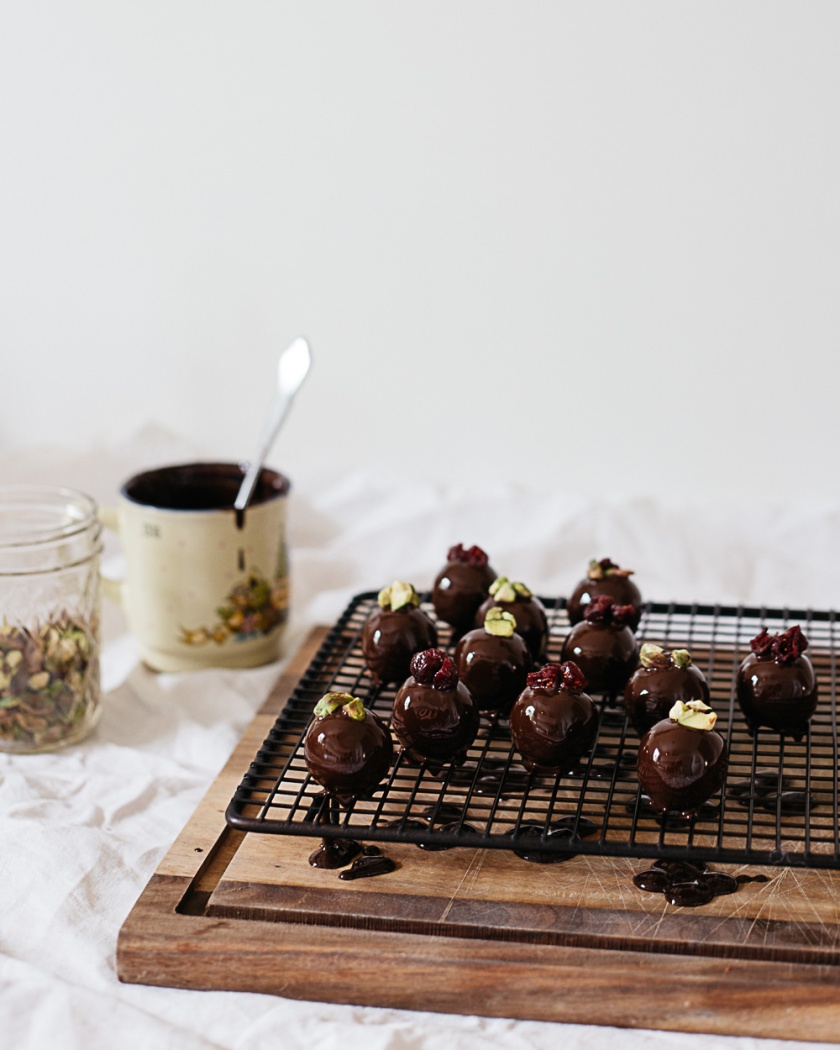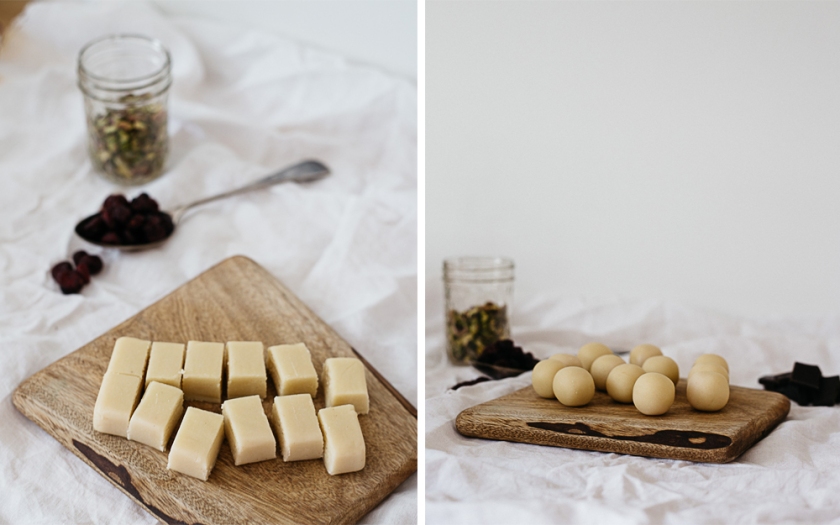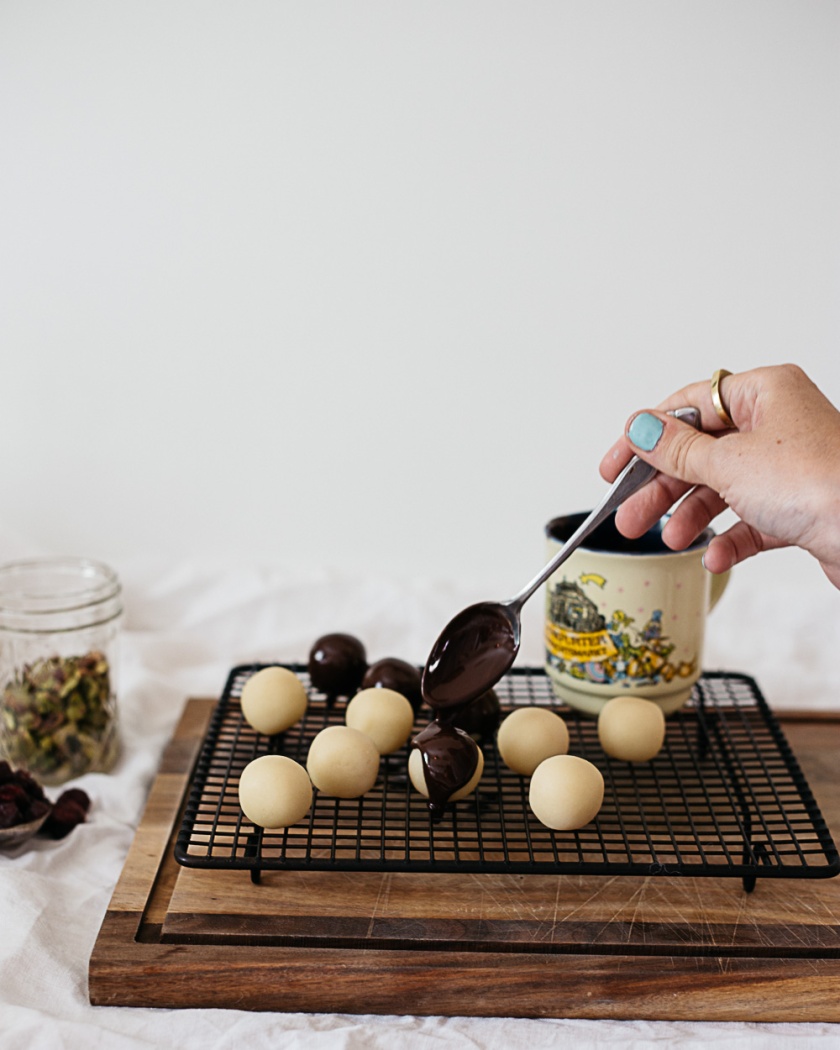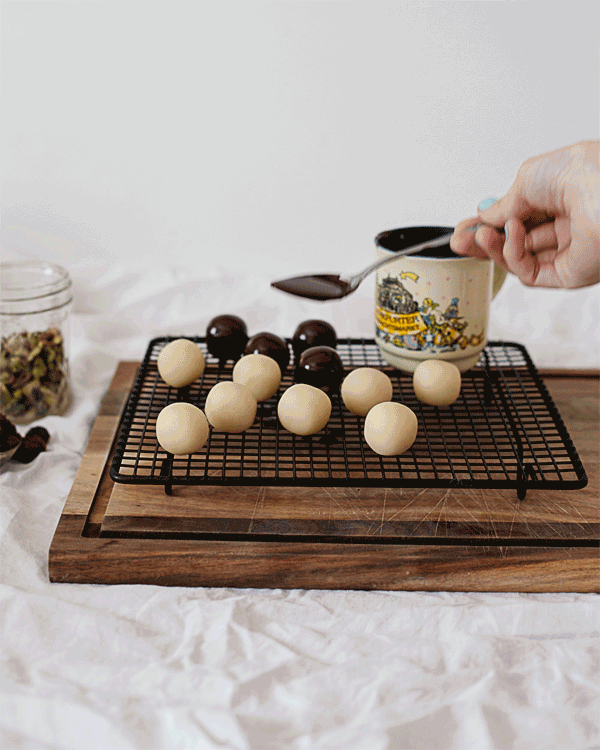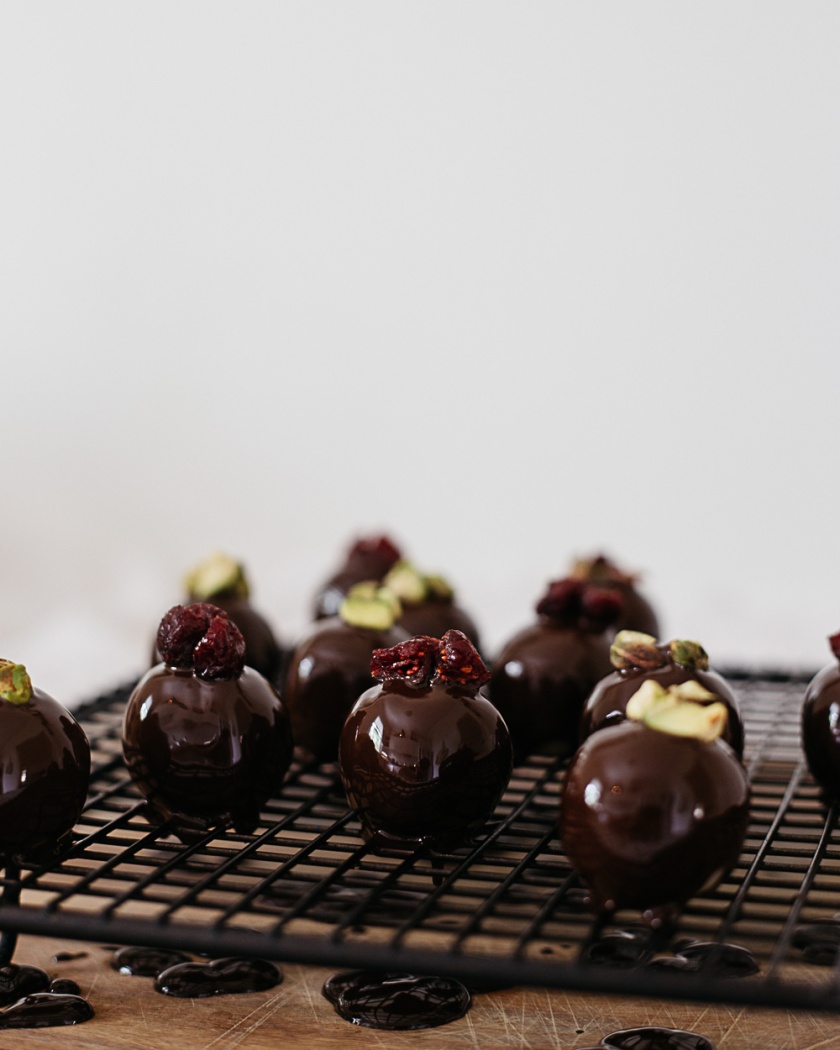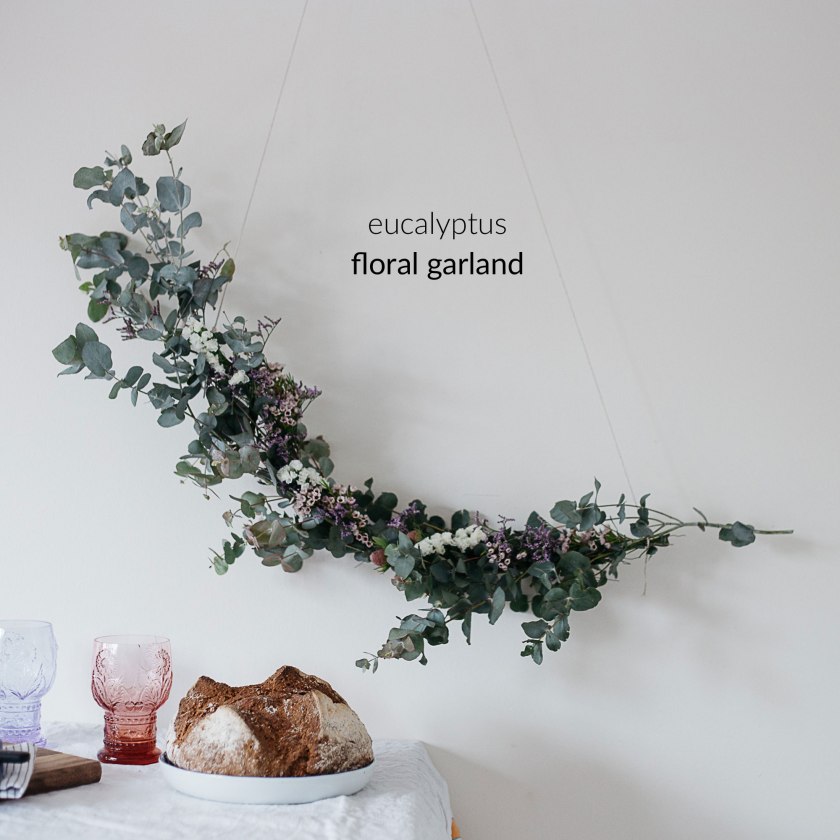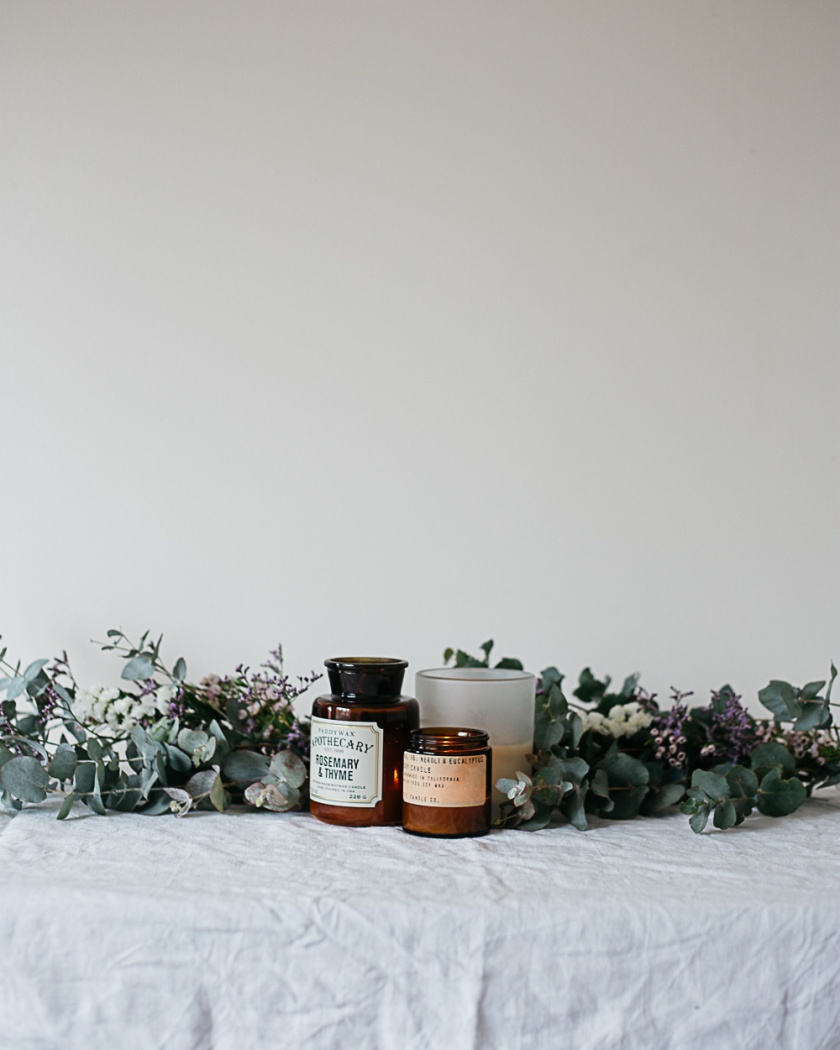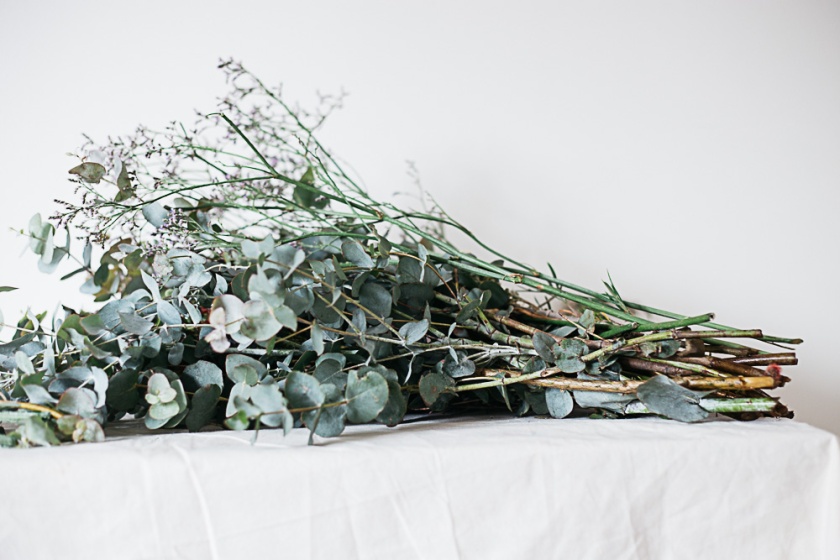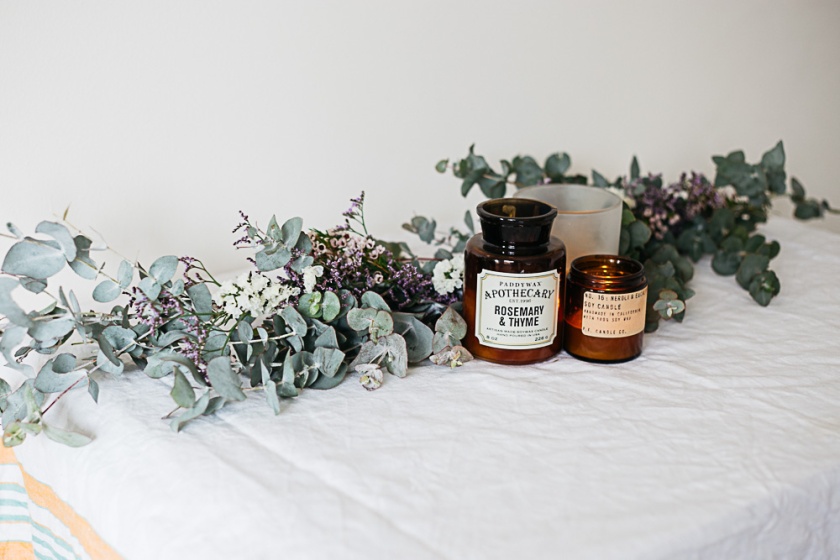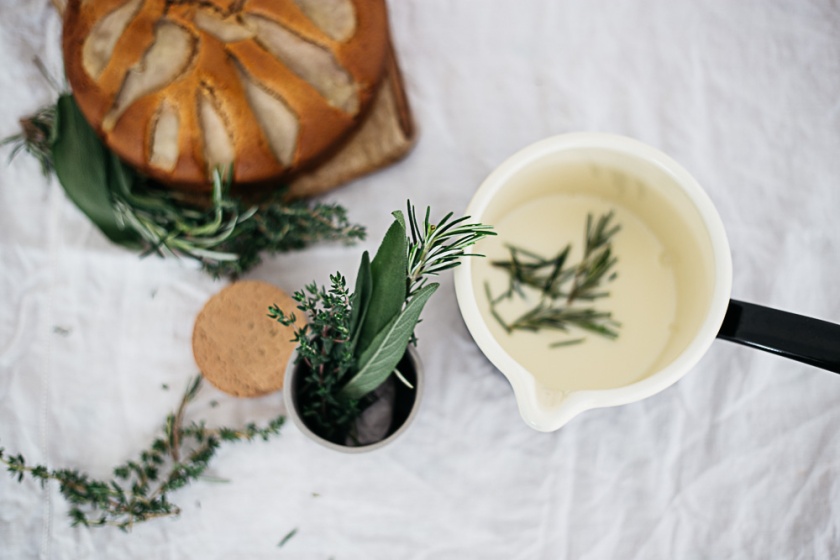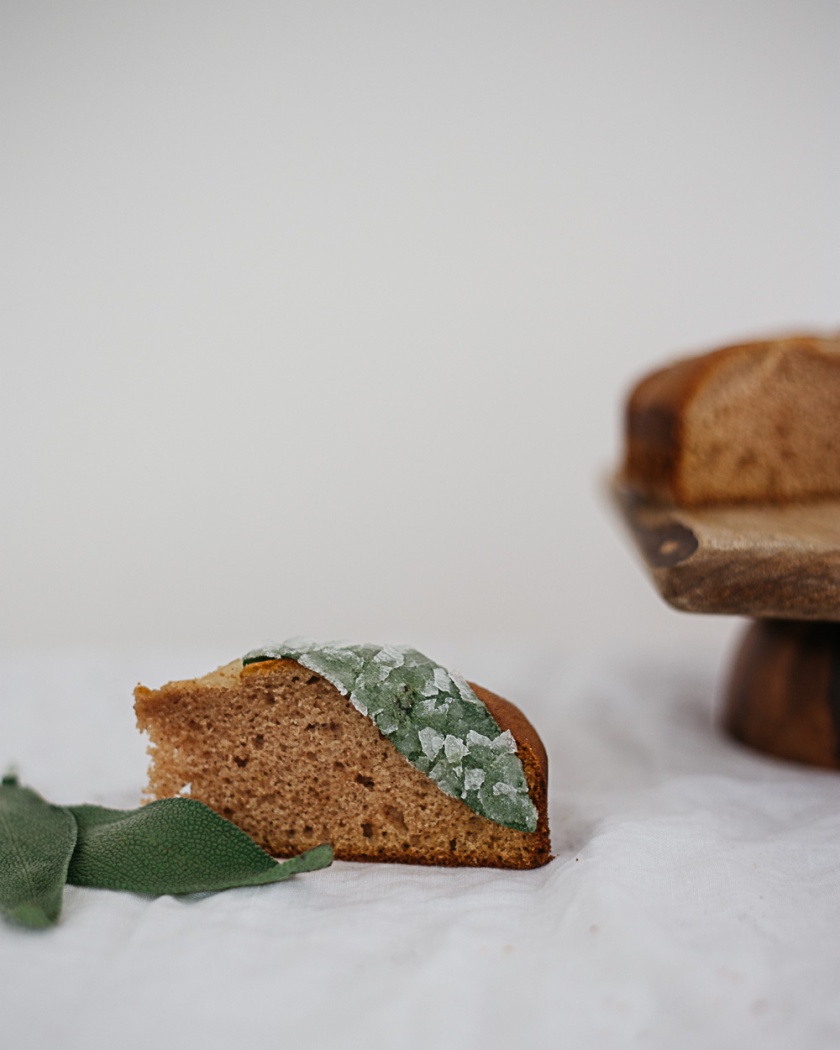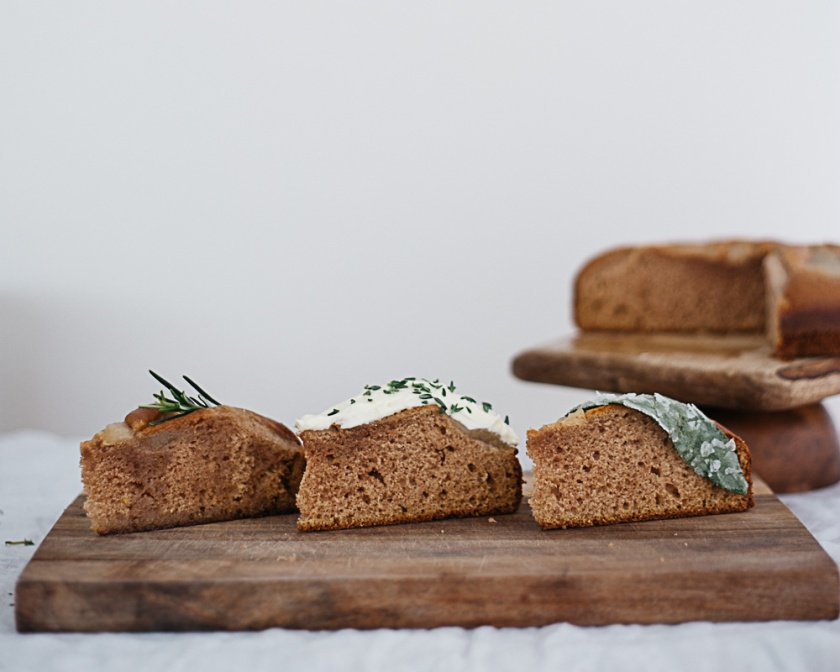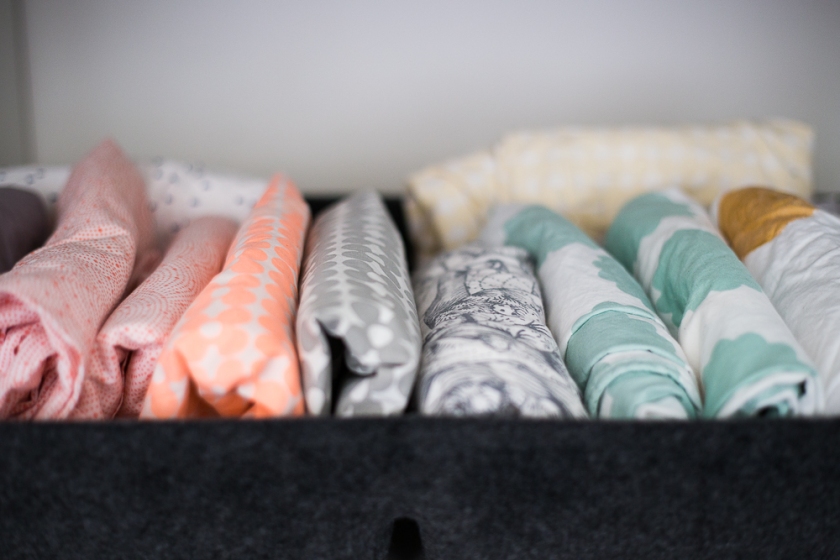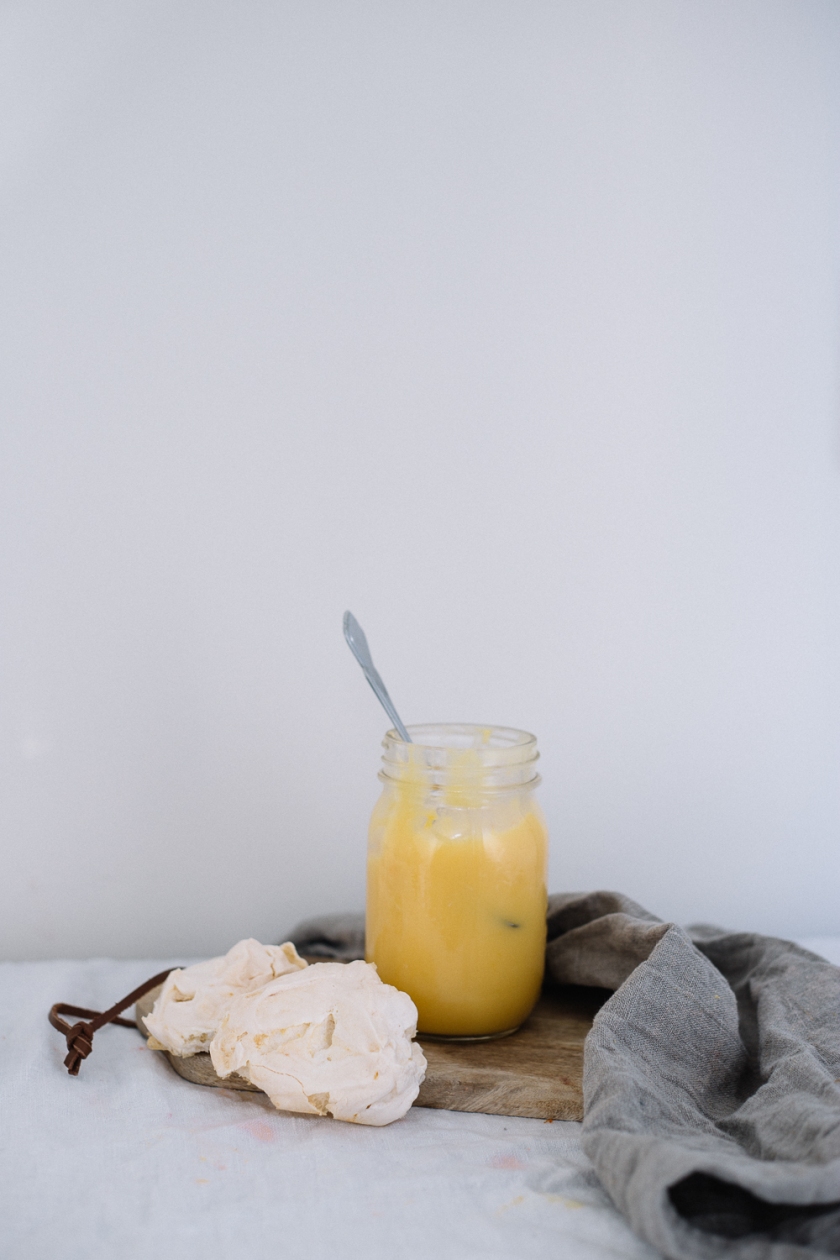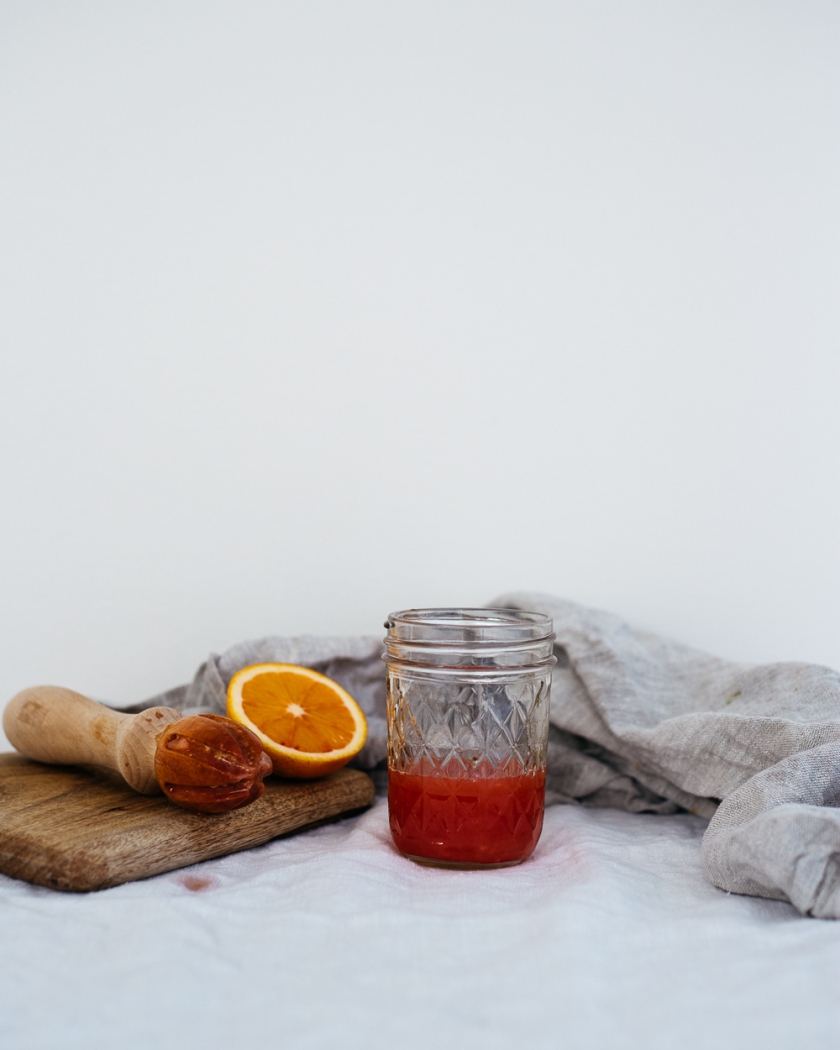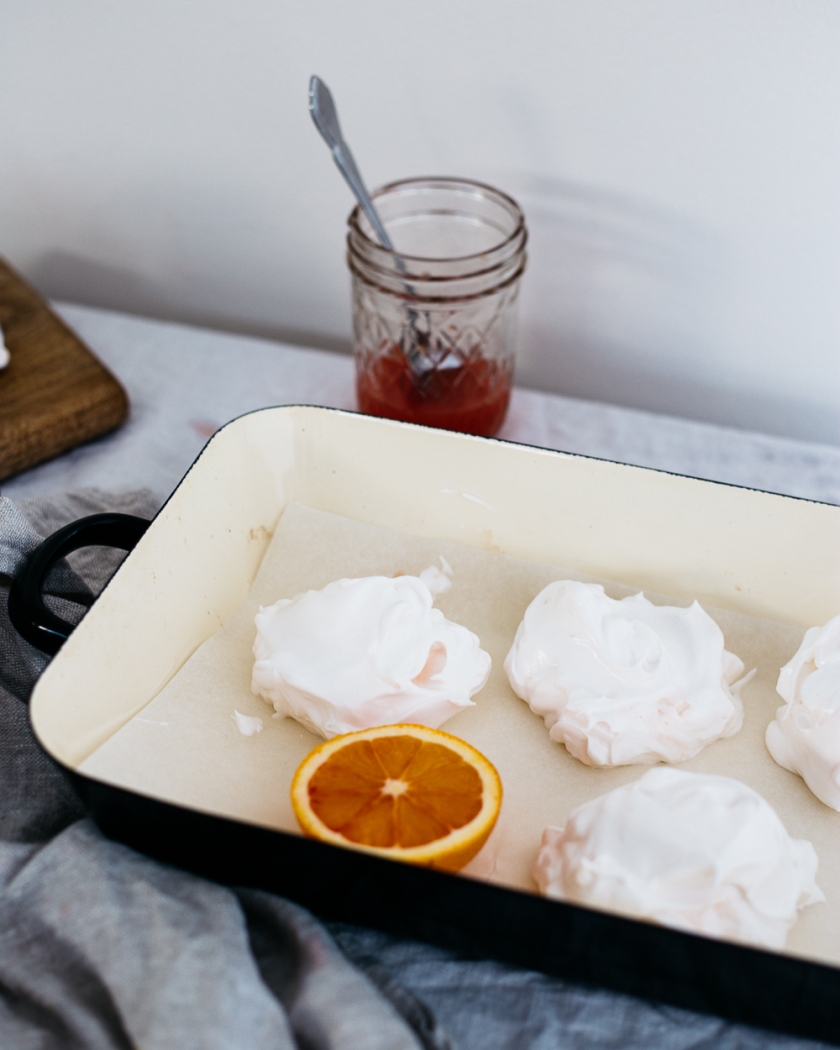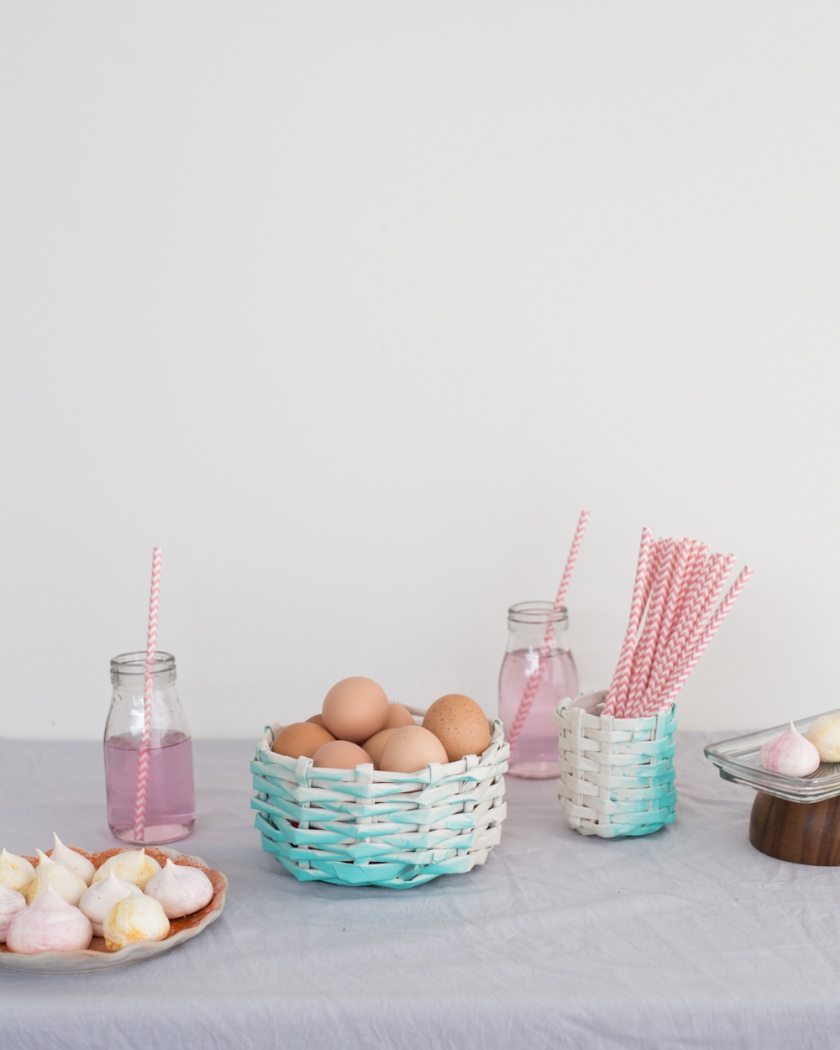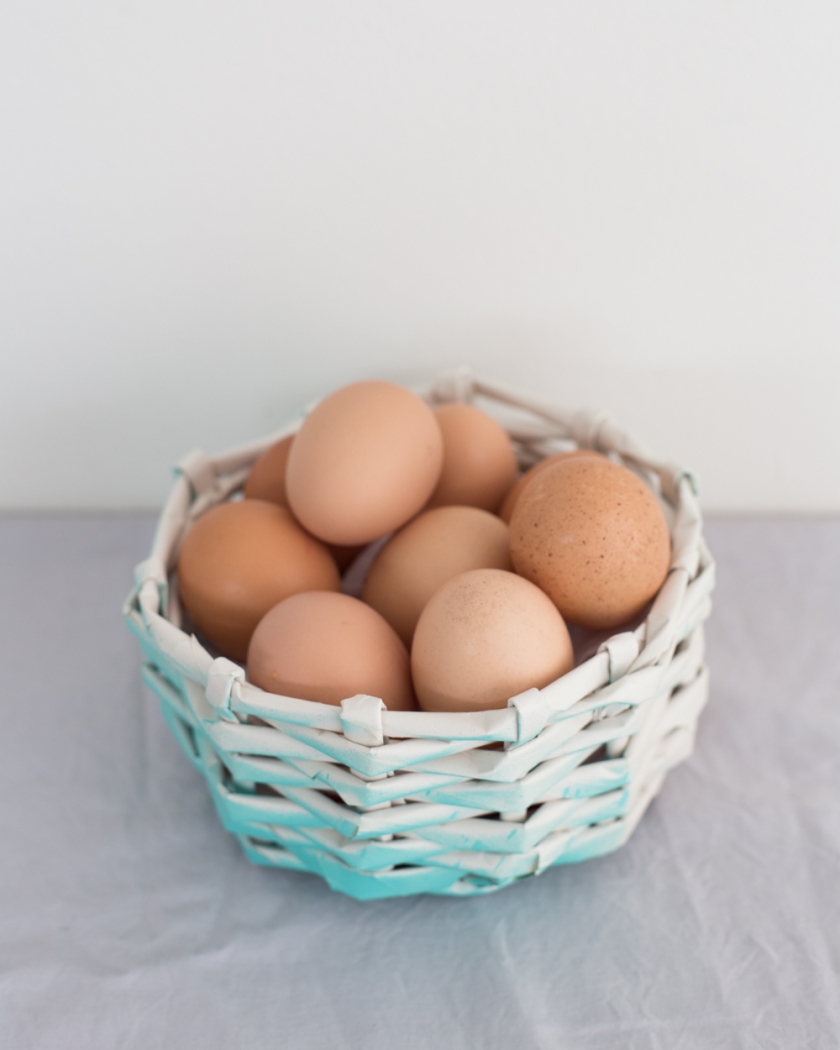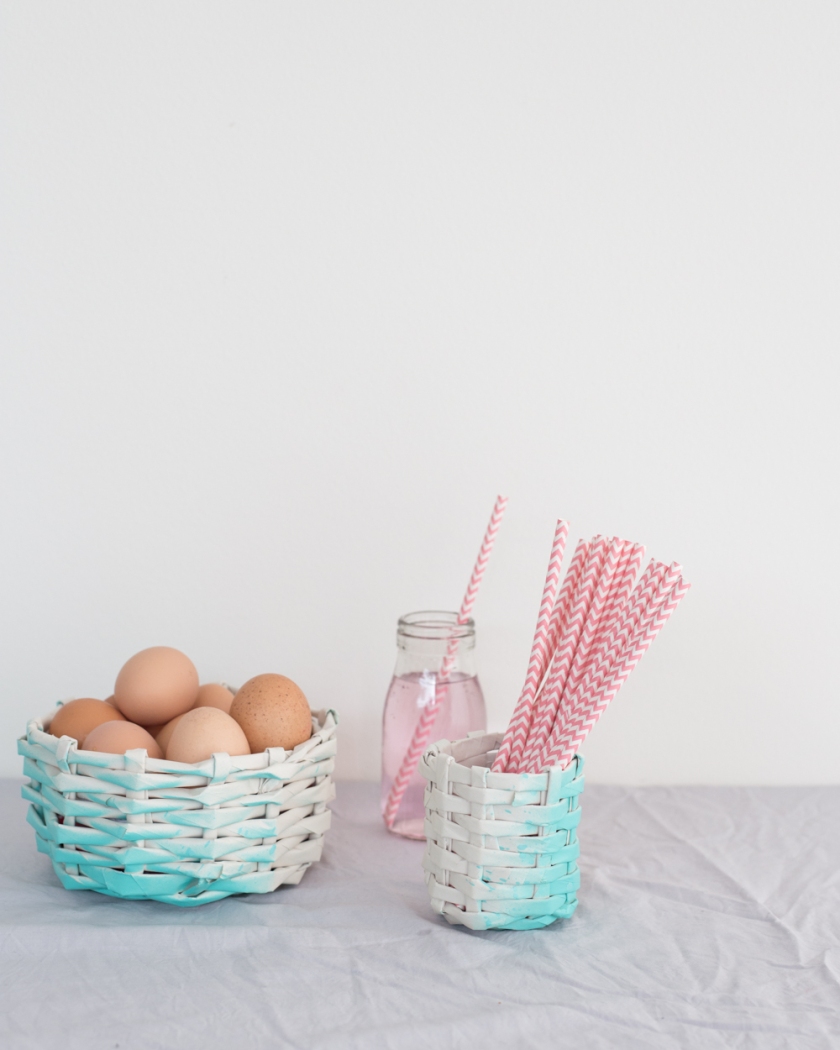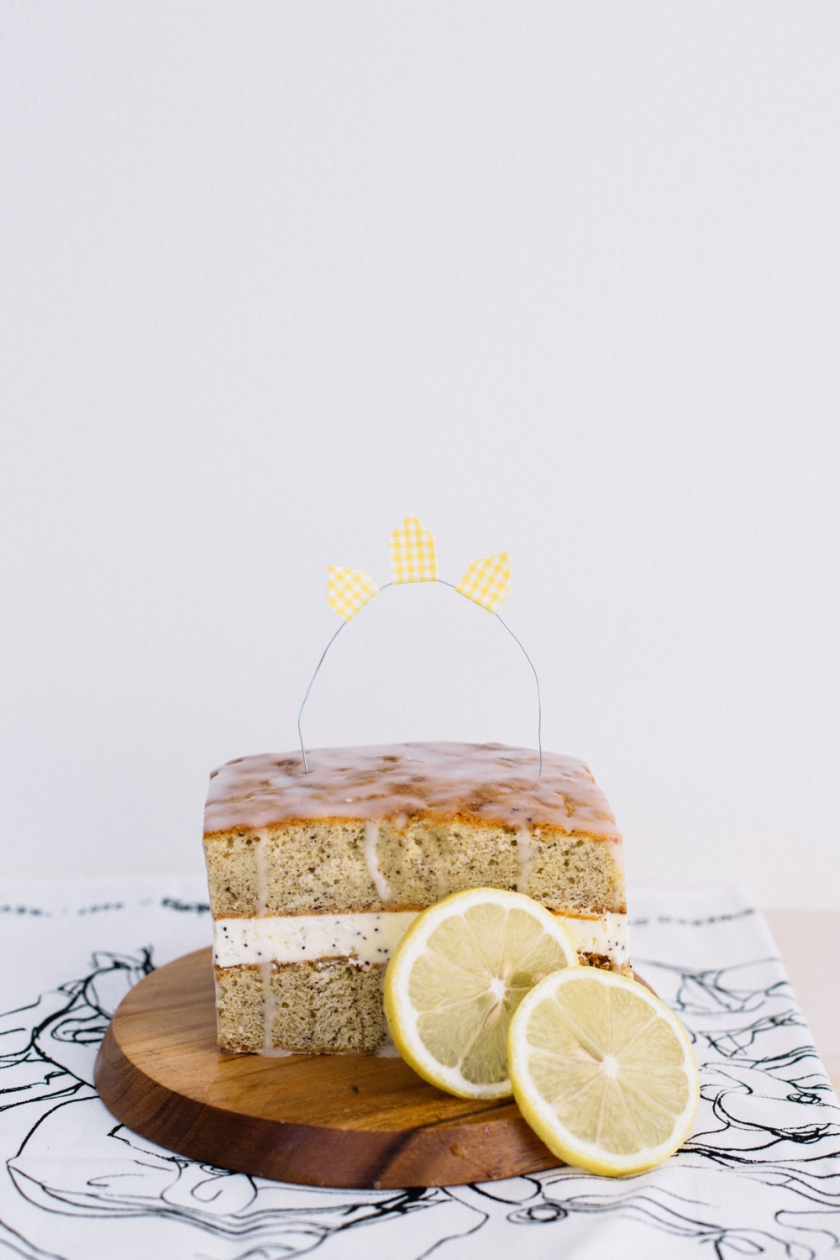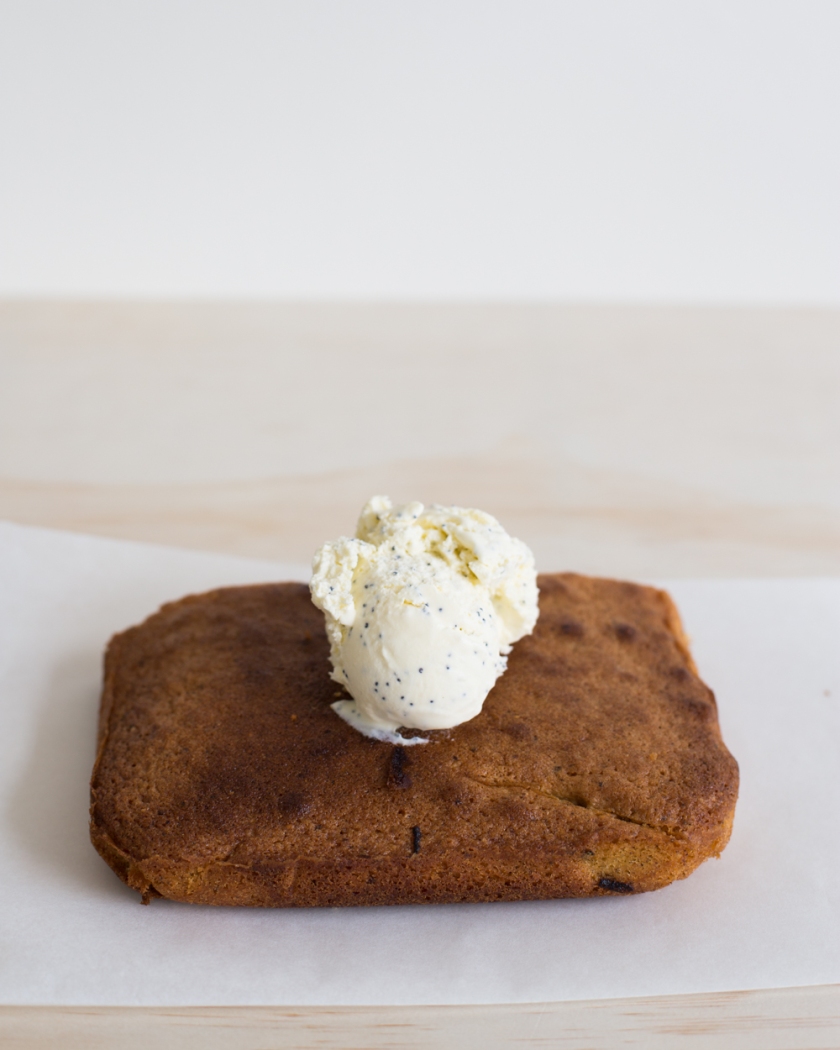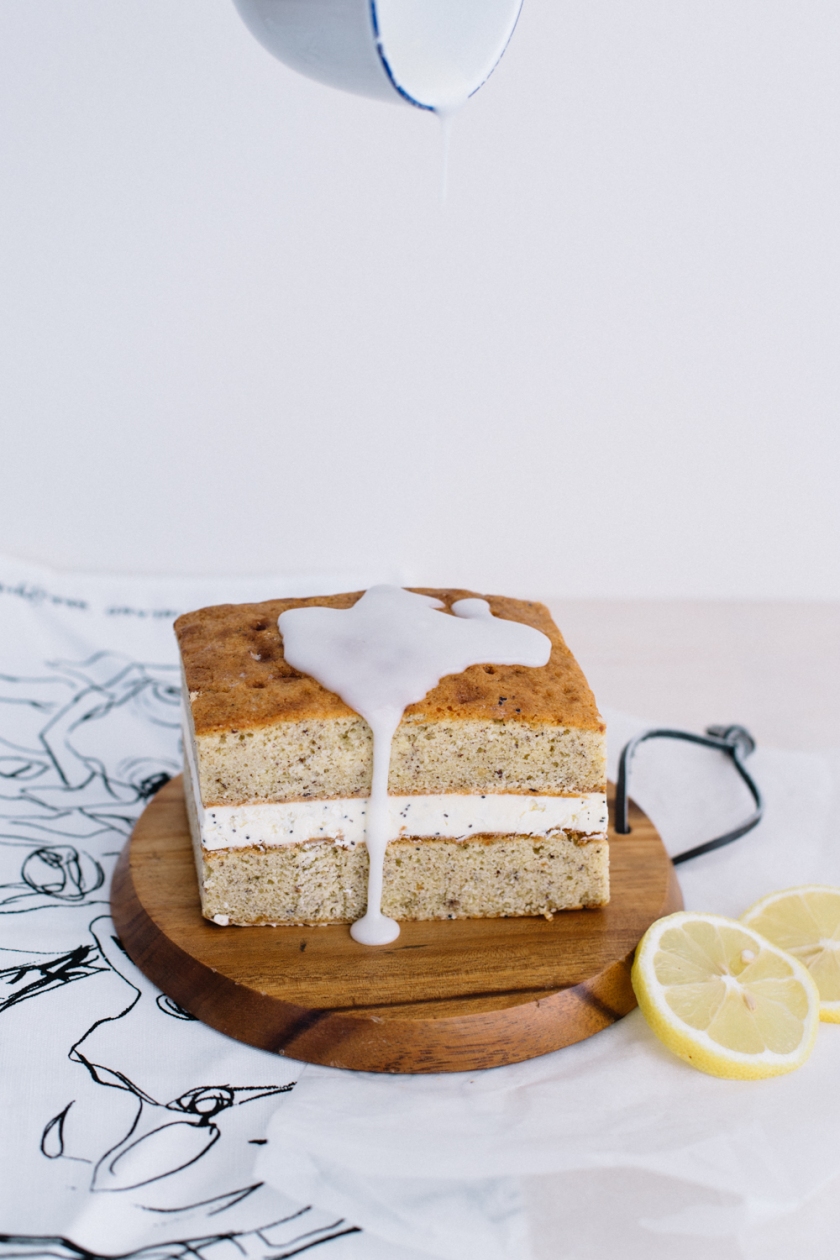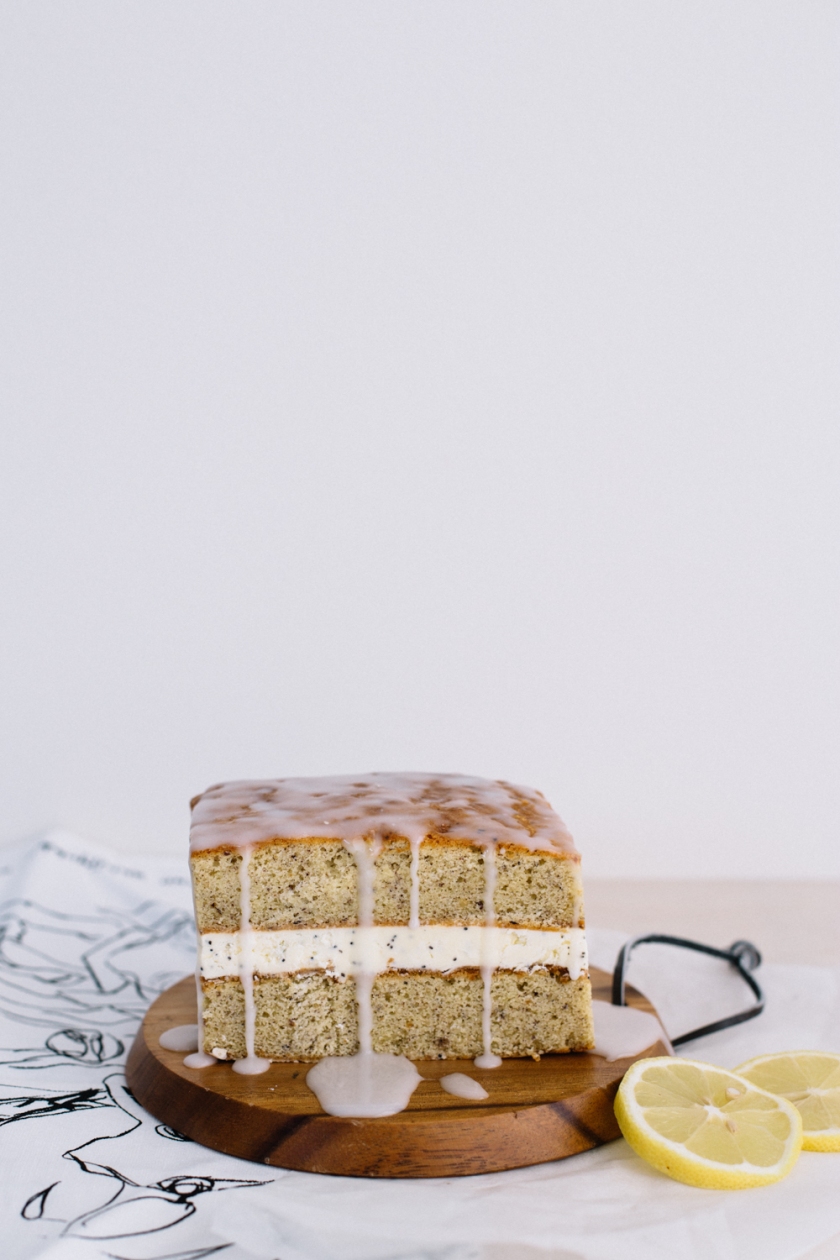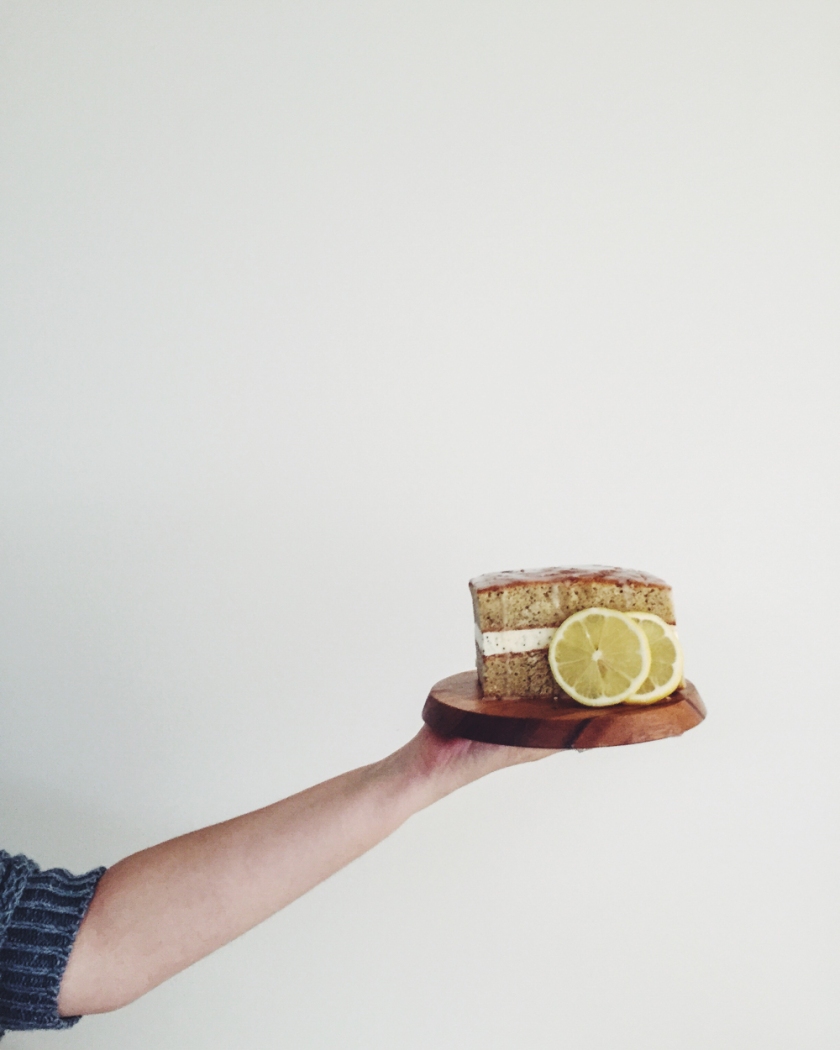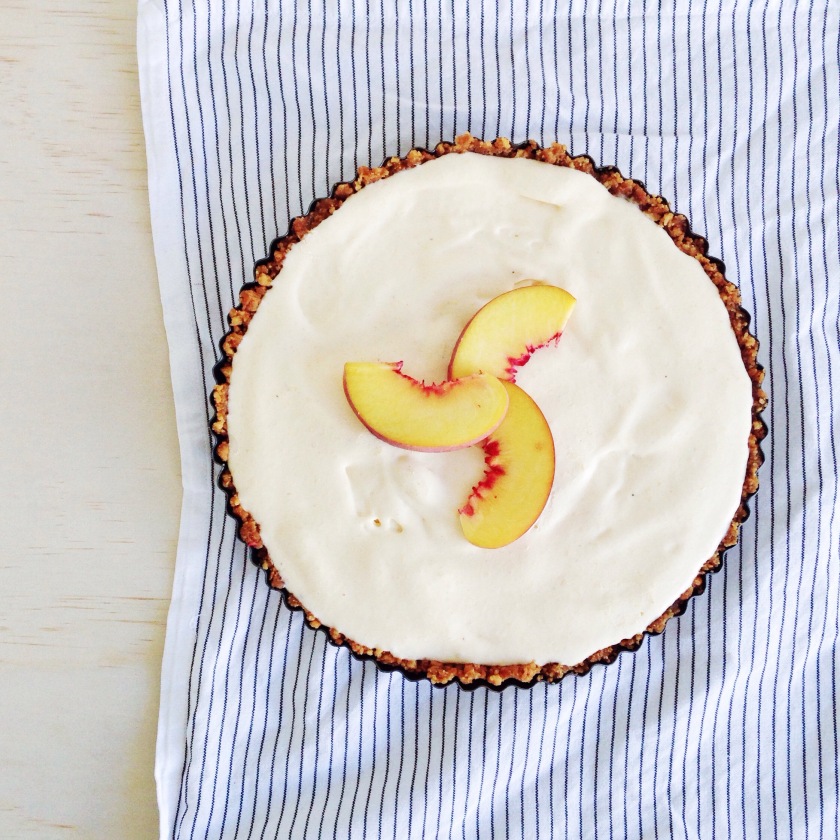
We eat a lot of yoghurt in our house and I’ve been making my own for about 18 months now. It’s such a satisfying process and kind of science-y. I love that it gives me more control over the type of milk my yoghurt comes from (local, organic, whatever floats your boat) as well as working out so much cheaper.
There are two methods you can try to make your own yoghurt. Both methods involve heating then cooling your milk, adding culture and leaving it to incubate before fully setting in the fridge. The first is a basic, no equipment needed, but fiddly method that works well if you just want to give yoghurt-making a try, or make it occasionally. The second method is the one I use, and better suited if you plan to make loads of yoghurt and want it to be totally foolproof.

Basic (but fiddly) method for making yoghurt.
You will need: a litre of fresh milk and a tablespoon of natural yoghurt, plus a sterilised glass jar or tub for storage.
Heat the milk slowly in a sterilised saucepan to 92°C, stirring to make sure that a skin doesn’t form. Best to use a thermometer for this as it is really important that the milk hits 92°C. As soon as it reaches the right temperature (don’t let it boil!), remove from the heat and let the milk cool to 40°C using the thermometer to check. Once the milk has cooled, stir in the tablespoon of yoghurt (this is the culture), pour into your glass jar or tub and put the lid on.
The jar of milk needs to stay warm at around 40° for 12 hours in order for it to turn into yoghurt. There are lots of ways you can do this (hi, Google), but lots of these ways didn’t work for me. Some of the more popular ones are; fill an esky/cooler with a couple of inches of boiling water then place your jar of yoghurt inside, place your jar of yoghurt in an airing cupboard or next to the radiator, or place the jar of yoghurt inside the oven with just the light on. When I first started out I wasted litres of milk trying different methods and ending up with a gloopy mess that definitely was not yoghurt. Having said that, do give it a whirl because lots of people swear by these methods. The one that worked best for me was to wrap my microwave rice heat pack around the jar, then wrap the whole thing in a big towel and leave it overnight.
After your milk has incubated for 12 hours, pop the lid off and check that it has turned to yoghurt. Don’t touch it, and try not to move it too much – do not stir! If it has yoghurted correctly (huzzah), leave the jar with the lid on in the fridge to set for another 8-12 hours.
You can use a spoonful of your homemade yoghurt as the culture for your next batch, although after a few batches the culture will be weakened and you’ll need to start again with store-bought yoghurt.

Advanced (but foolproof) method for making yoghurt.
You will need a litre of fresh milk, yoghurt culture grains and a yoghurt warmer or slow cooker. You will also need a sterilised jar if you use a slow cooker.
Heat and cool the milk in a sterilised pan, according to the instructions in the basic method. Instead of adding the tablespoon of yoghurt to the cooled milk, add some yoghurt culture grains to the milk and stir with a sterilised spoon. If you have a slow cooker (set on low, 40°C) or yoghurt warmer, pour the milk + grains into it and leave for 12 hours to incubate. After incubation, pop the yoghurt in the fridge to set for 8-12 hours.
I have a yoghurt warmer which I LOVE and have heard great things about using a slow cooker in the same way. It guarantees that the milk stays at the exact right temperature and I have never had a failed batch. The yoghurt culture grains give a thick, tangy yoghurt every time. For me this method is better purely because we eat so much yoghurt and I want to be sure it will always work. This is the yoghurt warmer and culture kit that I bought around 18 months ago, the same tub of culture is still going strong so it is worth the investment if you are going to be making this on the reg. You can also buy the culture on it’s own from the same website if you are going to use a slow cooker.
Oh and before I forget! If you use long-life milk you don’t have to bother with the heating and cooling, just go straight in with the spoon of yoghurt or culture. Booya.
